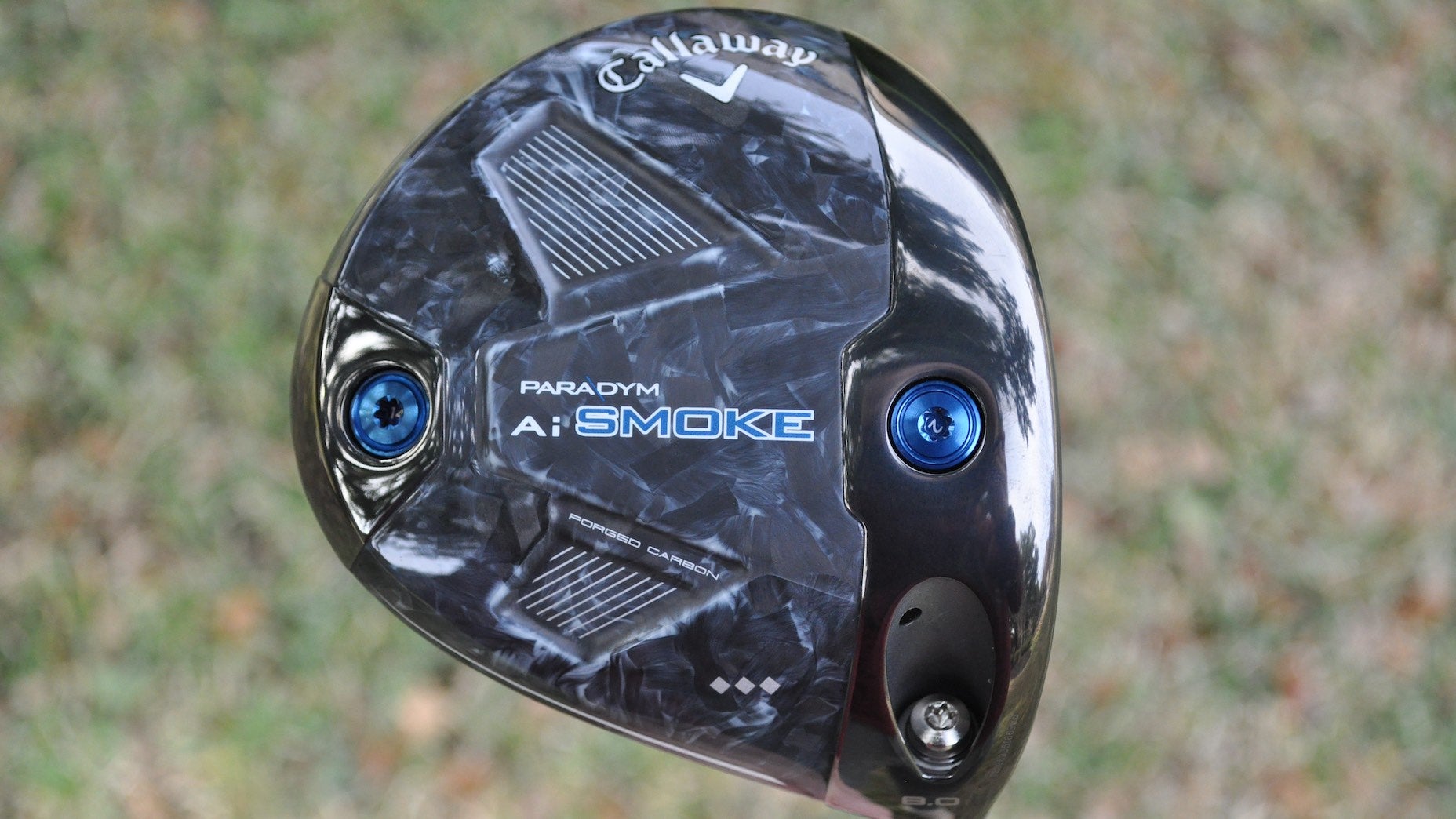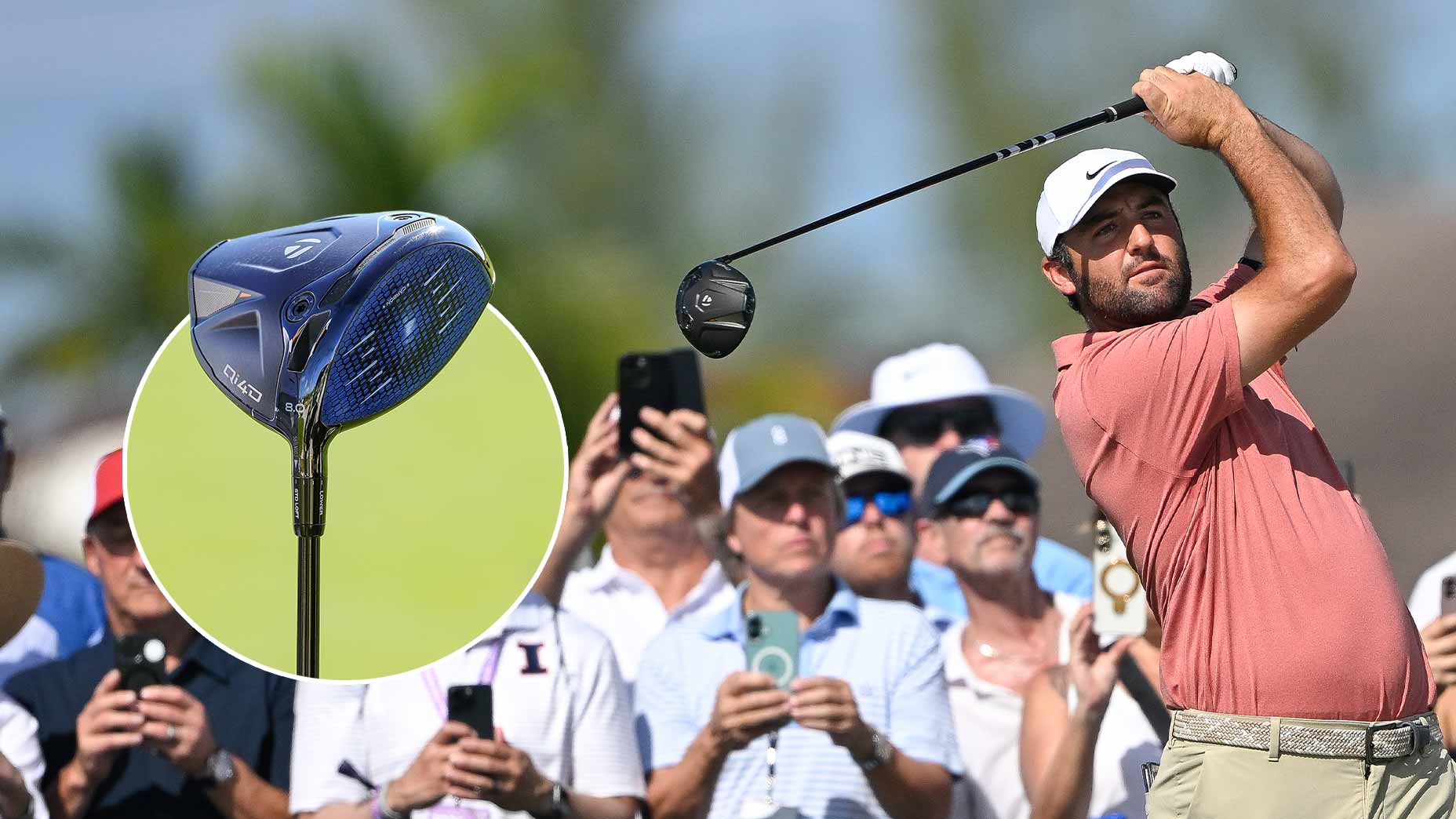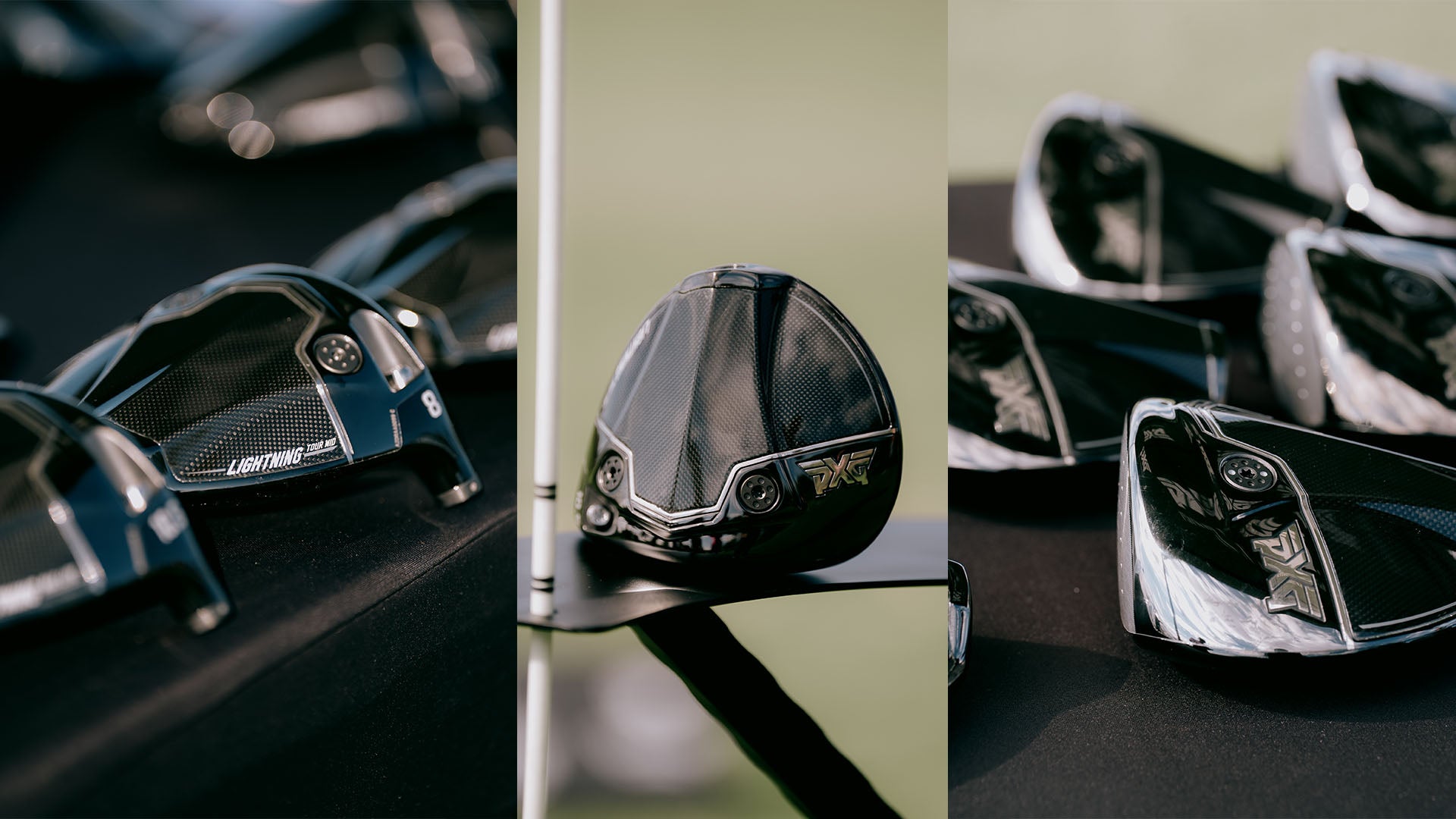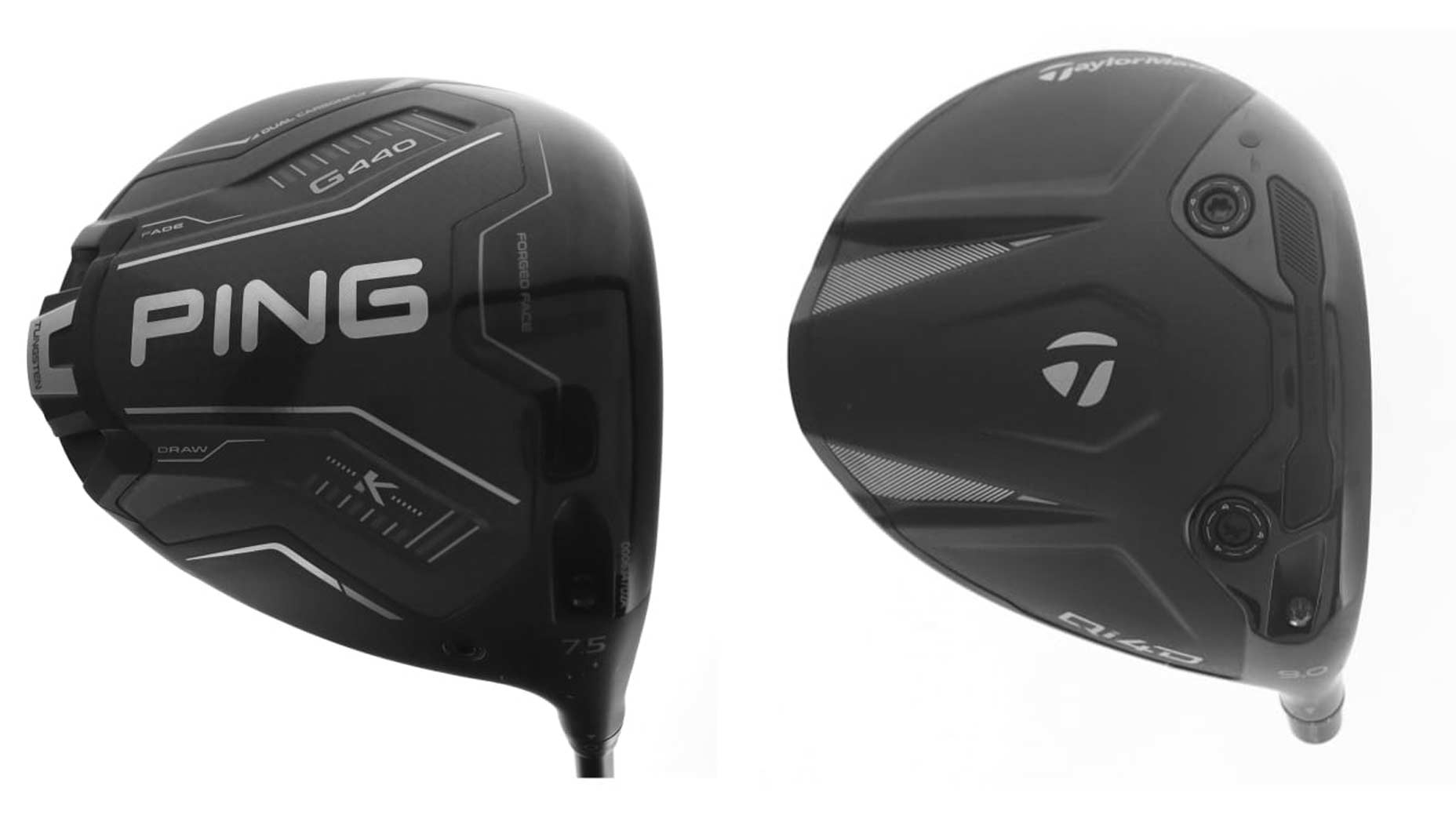For the 2024 edition of GOLF’s ClubTest, we once again teamed up with Golf Laboratories for robotic driver testing. With the help of their swing robot, we’re able to get a better picture of how each driver performs at the same speed (95 mph), delivery and attack angle in a 9-point face mapping test. The end result is an unbiased (and extremely detailed) look at where each driver model excels.
We continue with robotic insights on Callaway’s all-new Paradym Ai Smoke drivers. Pick up all your new Callaway gear at Fairway Jockey.
MORE FROM OUR 2024 CLUBTEST COVERAGE: Callaway Paradym Ai Smoke drivers: 5 things you need to know | Callaway Paradym Ai Smoke irons and hybrids: 3 things you need to know | Callaway Paradym Ai Smoke fairway woods: 3 things you need to know | Callaway Chrome Tour and Chrome Soft golf balls: 5 things you need to know | Callaway’s Paradym Ai Smoke driver and woods helped me find powerful forgiveness | What I learned getting fit for Callaway’s Paradym Ai Smoke irons
***
Significant gains
Instead of burying the lede, let’s start with the most stunning turnaround we saw during robotic driver testing. And we’re not just talking about the Paradym Ai Smoke family. Callaway has been touting the benefits of Artificial Intelligence since the days of Epic Flash, but if there’s one model that’s continually struggled to maintain distance on off-center strikes, it’s the Triple Diamond.
The low-spin offering is geared for faster players who generally don’t hit it all over the face. But things are changing in a big way with Ai Smoke Triple Diamond. The trend we saw with many of the drivers we tested on the robot was lower launch and spin — except Paradym Ai Smoke.
Even with the Triple Diamond (9- and 10.5-degree heads), spin was closer to the middle of the pack at 2,500-2,900 RPMs (95 mph) with launch ranging from 11.5-12 degrees. Those numbers are more in line with some of the more popular Max heads we tested.
Even more impressive were the improvements in off-center carry distance that saw high-toe misses go from losing 11.1 yards (’23 Paradym) to just 4.8 yards (’24 Ai Smoke). Heel misses on the 9-degree head were equally impressive with just 9.7 yards of carry distance lost, when compared to geometric center strikes.
With an average carry distance loss number under 10 yards across all eight mishit locations, it’s safe to say you shouldn’t shy away from the Triple Diamond if inconsistent contact is an issue.
Throw in a 1.7-mph ball speed increase and an offline dispersion of just 10.5 yards (10.5-degree Triple Diamond head) and you can see why it’s hard to not be impressed with the performance of Callaway’s latest low-spin option.
Hangtime
As we mentioned, all of the Paradym Ai Smoke models featured a higher launch with similar spin rates to last year’s Paradym. The Ai Smoke Max saw launch angle increase by 2 degrees with a nearly identical spin rate to its predecessor. But it’s not just the 10.5- and 12-degree heads that are seeing improved carry numbers.
“When you launch at 12 degrees, you’re at about 2,700 RPMs. Increase to 13 or 14 degrees and you’re going to 3,000 RPMs,” said Golf Laboratories founder Gene Parente. “But with the [Ai Smoke Max], the launch increased but spin remained the same. So if you’re a player who needs less spin and a higher launch, this is worth a look.”
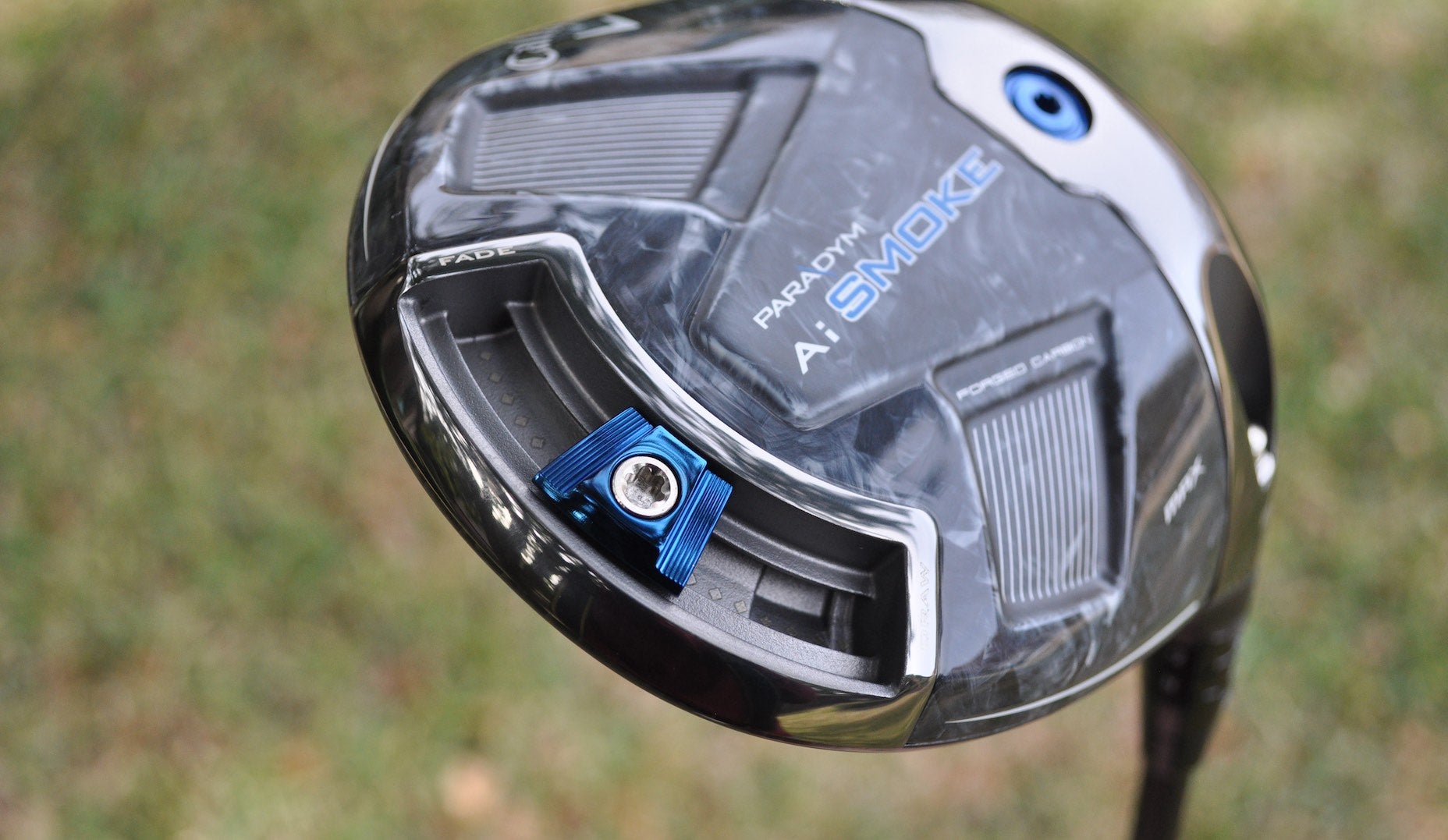
Even the 8- and 9-degree heads saw improved launch and spin characteristics, as well as overall performance, at 95 mph — including the Triple Diamond. That certainly wasn’t the case for many heads we tested in the lower lofts where carry, spin and forgiveness all took a hit.
“[Low-spin drivers] are designed for faster swinging players,” Parente said. “You do not get the benefits [at 95 mph] that you would at, say, 105 mph. With [Ai Smoke Triple Diamond], you did. It was still a very forgiving club in the 8- and 9-degree as well.”
Hell of a heel
With more weight concentrated in the heel to help turn the head over, draw-biased drivers like the Ai Smoke Max D are great options for golfers who tend the miss in the low heel.
During testing, some drivers lost roughly 15-25 yards of carry on a low heel strike, further highlighting the importance of knowing your miss and pairing it with a driver model that doesn’t overly penalize a common impact location.
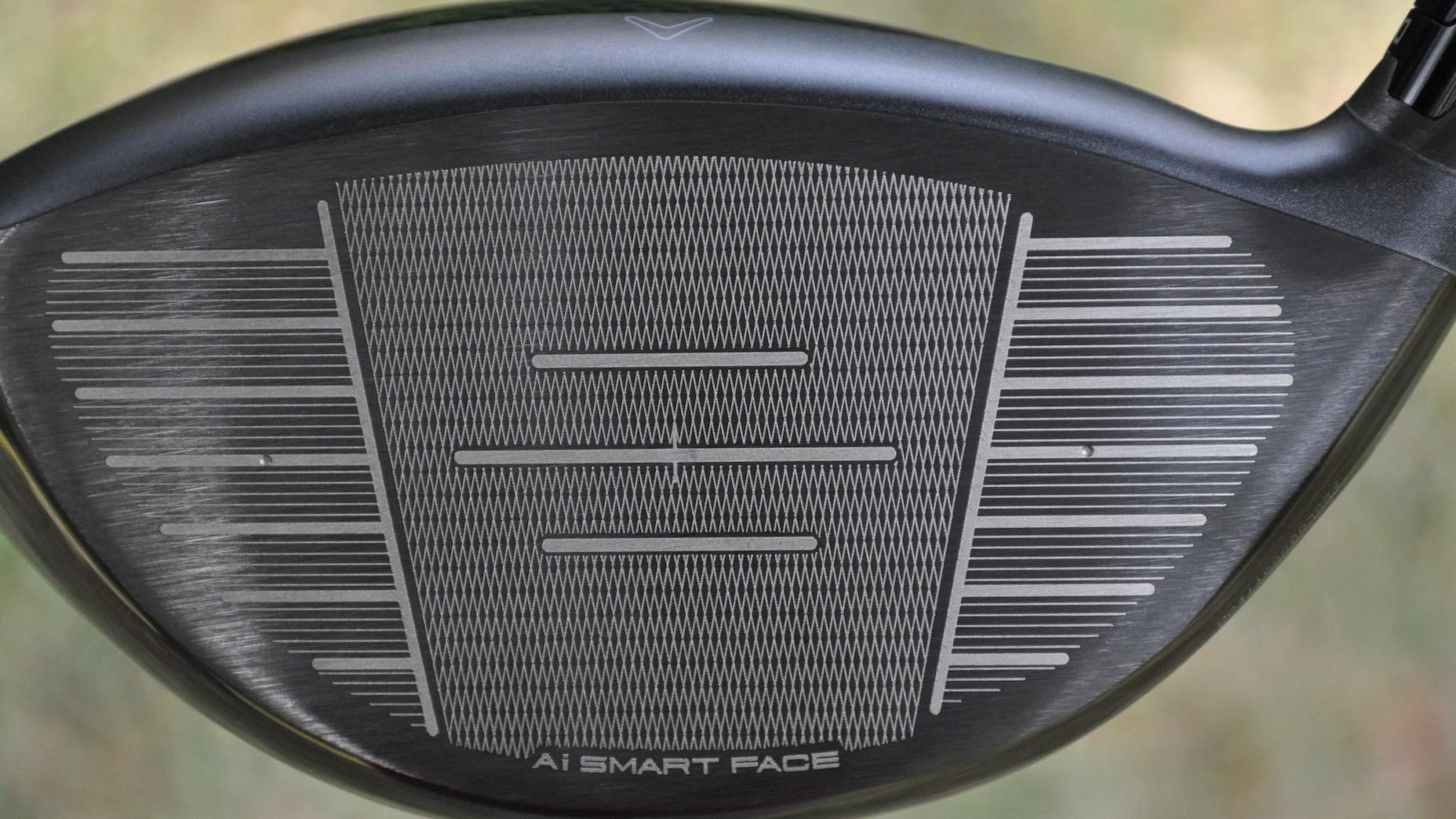
Instead of seeing spin and launch increase exponentially, Max D saw carry decrease by a mere 6.3 and 7.6 yards with the 10.5- and 12-degree heads. No other driver model produced a single-digit carry loss on low-heel hits during testing, further highlighting Max D’s impressive showing on the robot.
Not just for speed
With a name like Ai Smoke Max Fast, one would assume speed is what you’re getting with Callaway’s lightweight offering. Yes, the speed numbers were strong, but it’s the overall forgiveness number that left us excited.
Looking specifically at the 12-degree Max Fast, the average carry distance lost across all 8 mishit locations was a mere 6 yards. That included gaining 1.1 yards on a low-center miss. Heels strikes (an average of the three mishit locations) lost 8.7 yards while toe strikes lost 6.3 yards.
What’s interesting is average carry distance loss jumped to 10.5 yards on the 9.5-degree head and 11.5 yards on the 10.5-degree head. If you’re someone who struggles with consistent contact and swings it with a neutral attack angle at around 95 mph, the 12-degree deserves to be in the testing conversation.
Want to overhaul your bag for 2024? Find a fitting location near you at True Spec Golf.
